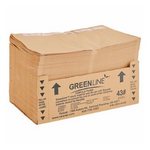Choosing The Right Utility Knife For Your Needs
When faced with a wide array of knives and cutters, it can be challenging to determine the most suitable cutting tool for your task. Utility or Safety knives are incredibly versatile tools, especially in warehouse, packaging, or garage environments. From opening cartons, to trimming upholstery, these knives serve many different purposes. Explore the various types of utility knives and their applications to find the perfect fit for your needs.
Utility knives offer a variety of ergonomic designs. These knives can be utilized for a range of tasks, including:
- Opening cartons
- Cutting stretch film
- Cutting tape
- Cutting twine
- Cutting cords/straps
- Trimming
- And much more
Keypak provides a selection of utility knives with varying blade sizes and handle styles, such as:
- Standard: Easy-to-use design with a metal sleeve holding the razor blade, extendable and retractable with a simple sliding mechanism.
- Extended Depth: Features a ratcheting lock system for high-leverage cutting.
- Regular-Foam Grip: Ideal for cutting thick materials, equipped with a durable ABS handle.
- Heavy Duty: Designed for high-leverage cutting and long-term comfort grip.
- Retractable: Blade retracts via a spring-activated mechanism when lifted from the cutting surface, with a stainless-steel return spring maintaining blade tension.
- Safety: Equipped with a blade guard retraction button to prevent injuries.
When selecting the right blade for your knife, it’s important to consider the material you will be cutting, and the level of precision needed. Different blade sizes and types are designed for specific tasks, so choosing the correct one will ensure optimal performance and longevity of your knife.
In the world of blades, sharpness is key. A well-maintained blade not only enhances cutting efficiency but also improves safety. Regular sharpening and proper storage can extend the life of your blade and maintain its sharp edge. Remember to handle blades with care and always follow safety guidelines when using cutting tools.
Whether you’re a professional chef, DIY enthusiast, warehouse worker or hobbyist, having the right blade for your cutter is essential for achieving clean and precise cuts. Keypak’s range of high-quality blades offers durability and precision, making them a reliable choice for various cutting needs. Explore Keypak’s blades and elevate your cutting experience with the perfect match for your knife.
Should you have further questions on utility knives or blades, please contact our product specialists at sales@keypak.ca


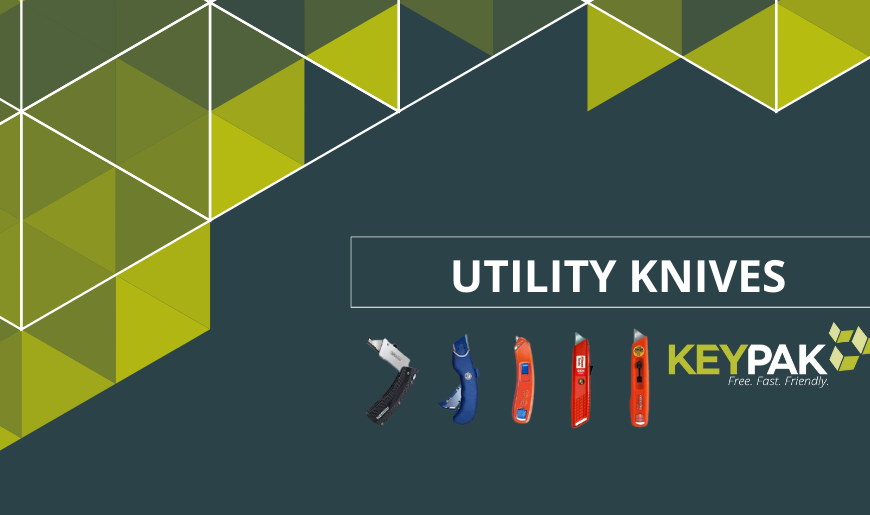
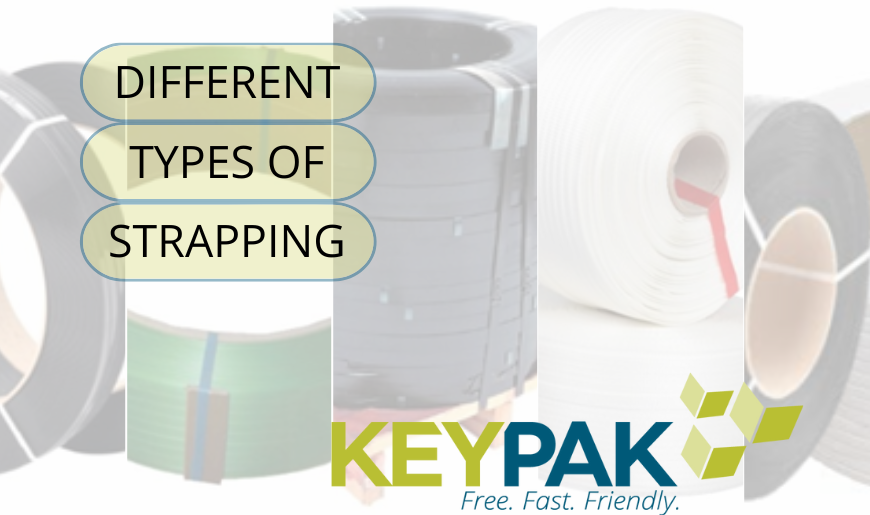
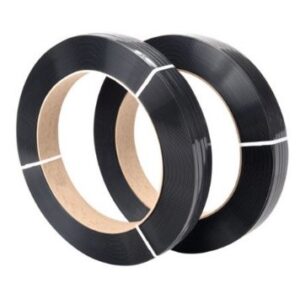 Keypak offers green and black
Keypak offers green and black 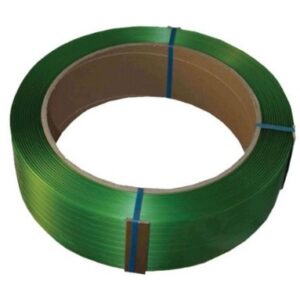 compared to steel strapping. This strapping material is resistant to water, rust, splitting, and scratching. Additionally, it is non-toxic, dust-repellent, and provides UV protection. PET strapping has lower accident risks when compared to steel strapping.
compared to steel strapping. This strapping material is resistant to water, rust, splitting, and scratching. Additionally, it is non-toxic, dust-repellent, and provides UV protection. PET strapping has lower accident risks when compared to steel strapping.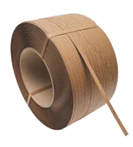 various types of loads. Additionally, it can be used with traditional semi-automatic strapping machines, featuring a smooth finish, and utilizing buckles for securing pallets when required.
various types of loads. Additionally, it can be used with traditional semi-automatic strapping machines, featuring a smooth finish, and utilizing buckles for securing pallets when required.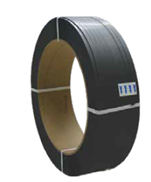
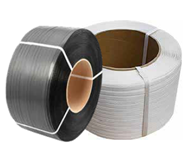 bundling, carton-closing, and unitizing tasks. It is user-friendly, safe, and convenient to handle. Applying machine strapping requires an automatic or an arch machine. Our machine strapping is compatible with most semi-automatic and standalone arch machines.
bundling, carton-closing, and unitizing tasks. It is user-friendly, safe, and convenient to handle. Applying machine strapping requires an automatic or an arch machine. Our machine strapping is compatible with most semi-automatic and standalone arch machines.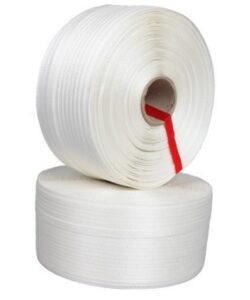 lightweight, making it easy to transport, and less than half the weight of steel strapping. Additionally, it is weather-resistant and non-corrosive, ensuring high durability. The woven material is gentle on shipment surfaces, preventing any damage or scratches. For light-duty tasks,
lightweight, making it easy to transport, and less than half the weight of steel strapping. Additionally, it is weather-resistant and non-corrosive, ensuring high durability. The woven material is gentle on shipment surfaces, preventing any damage or scratches. For light-duty tasks, 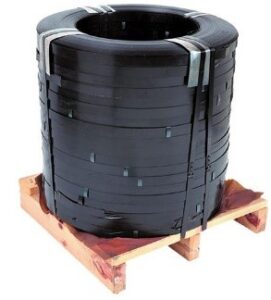
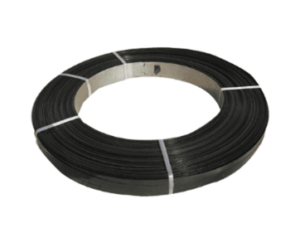 It is available in black with a waxed finish for enhanced tension. For even greater tension, Hi-tensile
It is available in black with a waxed finish for enhanced tension. For even greater tension, Hi-tensile 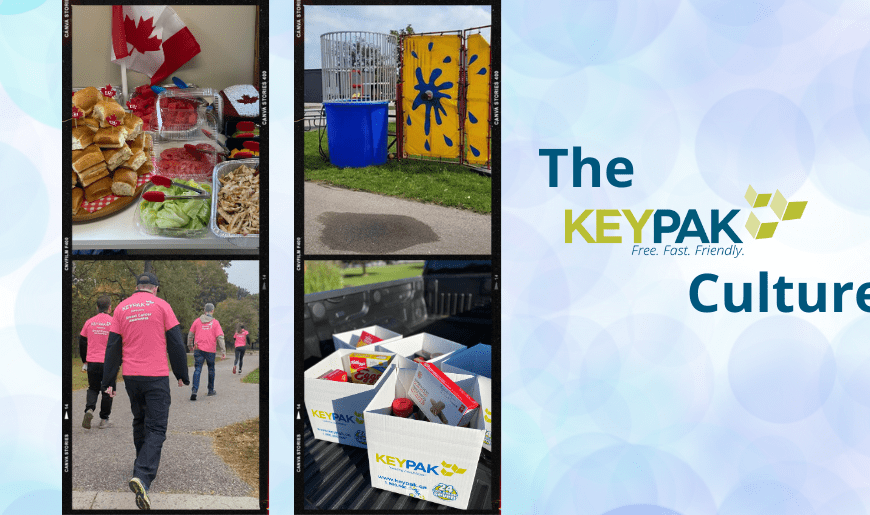
 a freshly baked cupcake, a fluffy donut, or a creamy slice of cheesecake?! But don’t worry, we don’t let our love for treats compromise our health. Our kitchen is always stocked with nutritious snacks and fresh fruit to keep us fueled and feeling great. We even have a foosball and ping pong table set up for our crew to work on their hand-eye skills. Plus, it’s the perfect way to burn off all those tempting treats! Keypak is all about sweet (and healthy) fun!
a freshly baked cupcake, a fluffy donut, or a creamy slice of cheesecake?! But don’t worry, we don’t let our love for treats compromise our health. Our kitchen is always stocked with nutritious snacks and fresh fruit to keep us fueled and feeling great. We even have a foosball and ping pong table set up for our crew to work on their hand-eye skills. Plus, it’s the perfect way to burn off all those tempting treats! Keypak is all about sweet (and healthy) fun!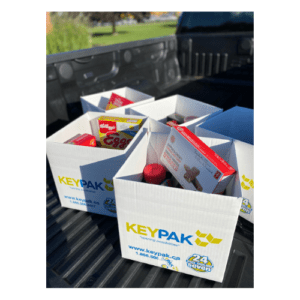 At Keypak, we’re not just about business, throwing the best bashes and serving up mouth-watering eats. We’re also passionate about making the world a better place. That’s why we’re proud to be part of the
At Keypak, we’re not just about business, throwing the best bashes and serving up mouth-watering eats. We’re also passionate about making the world a better place. That’s why we’re proud to be part of the 
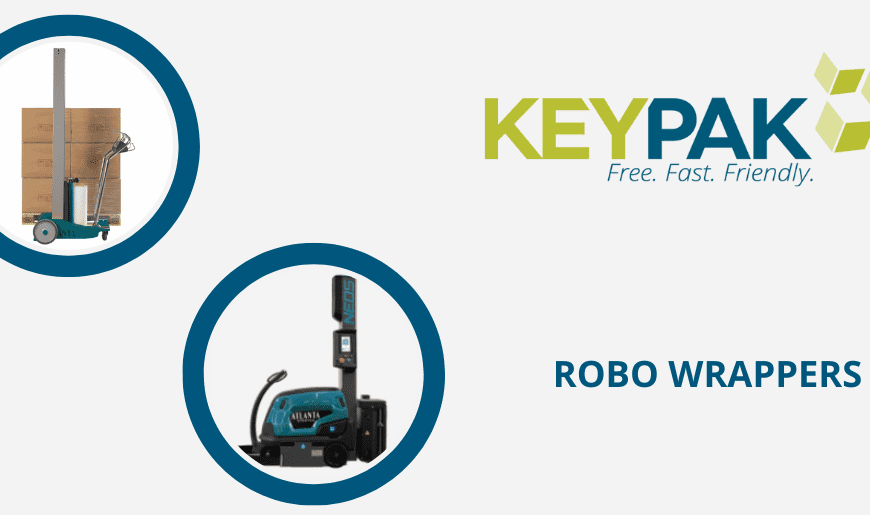
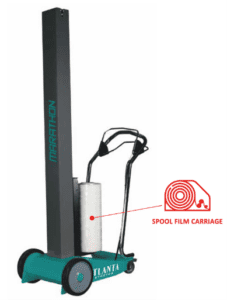 pallet wrapping with LLDPE pre-stretch film. It’s the most ergonomic solution for the user. Not only is it safe and secure, but it also helps the user to achieve a better working environment. It works by the action of the operator! The Marathon replaces manual wrapping-all at an affordable price.
pallet wrapping with LLDPE pre-stretch film. It’s the most ergonomic solution for the user. Not only is it safe and secure, but it also helps the user to achieve a better working environment. It works by the action of the operator! The Marathon replaces manual wrapping-all at an affordable price.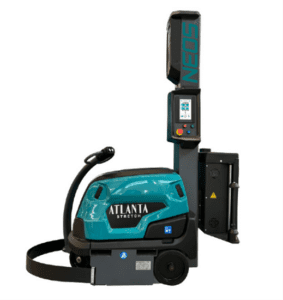 battery capacity of 120A, and a new operator interface with a 7-inch touch screen panel that can be programmed quickly and easily. LEDs indicate the machine’s current status.
battery capacity of 120A, and a new operator interface with a 7-inch touch screen panel that can be programmed quickly and easily. LEDs indicate the machine’s current status.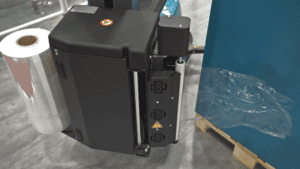
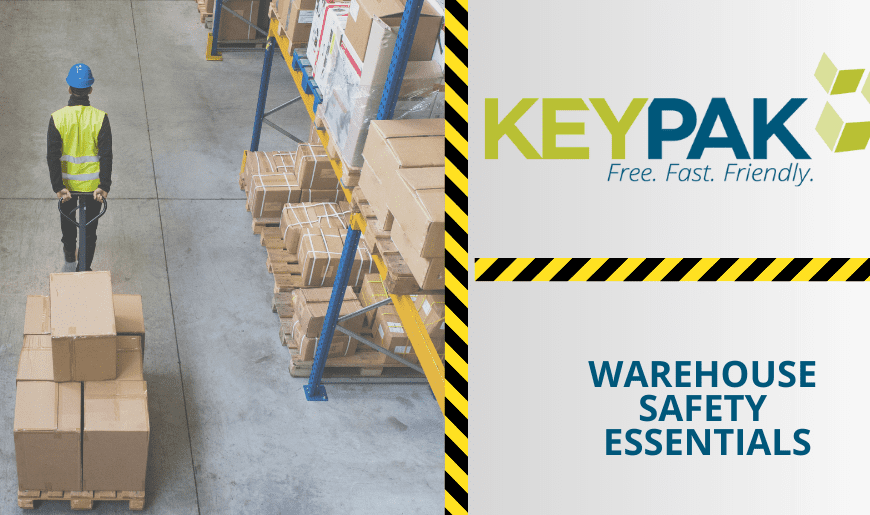
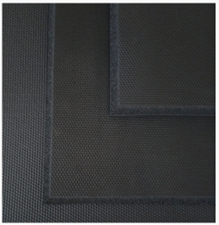
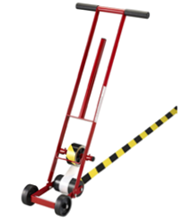 Floor Marking Tape
Floor Marking Tape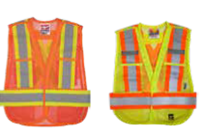

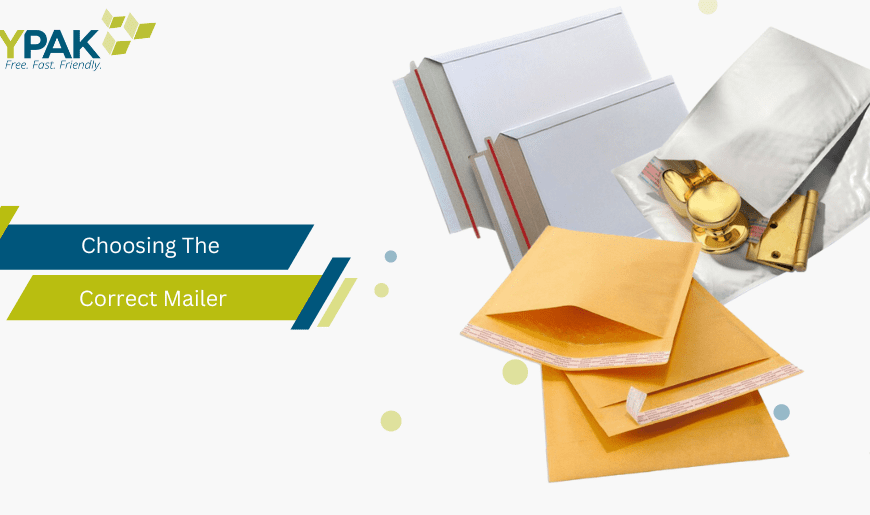
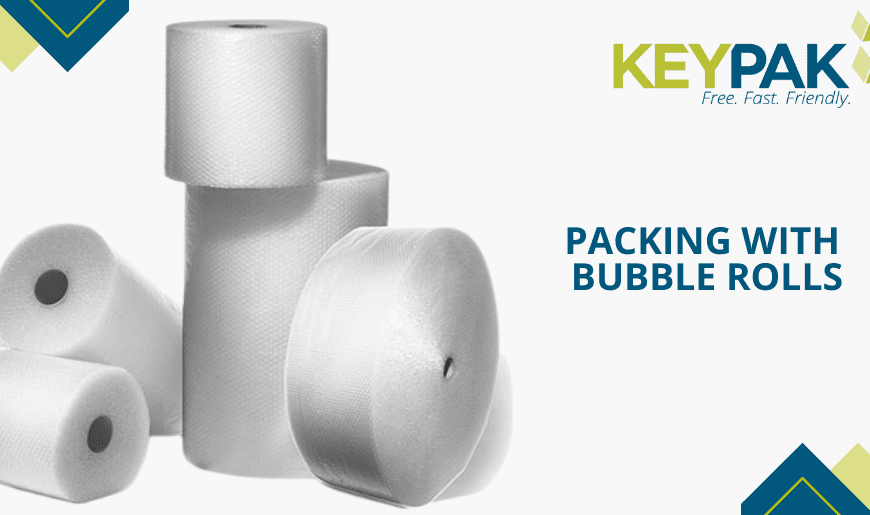
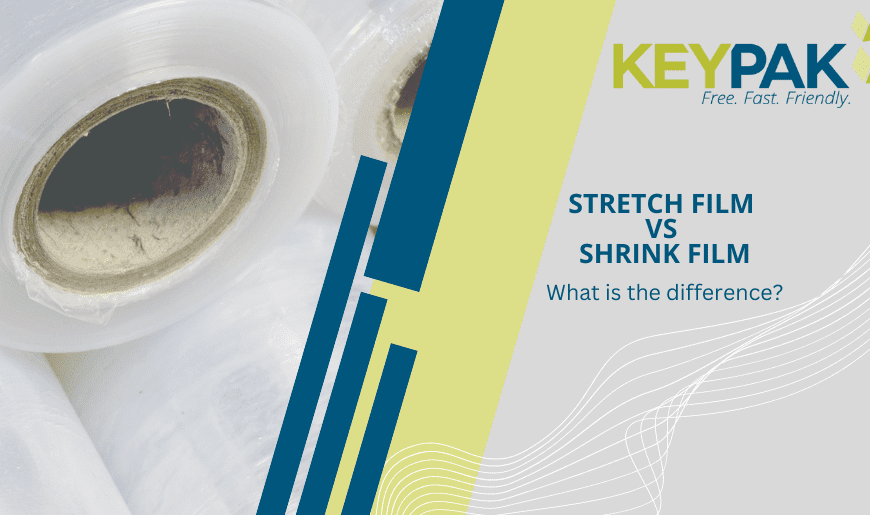
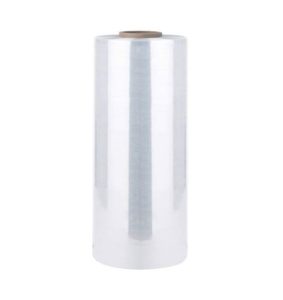 common roll length being 1,500 feet. This film typically ranges between a 30-130-gauge thickness, most popular being the standard 80Ga. The 80-gauge film usually has a 75%-150% stretch rate depending on the manufacturer. Hand stretch film is popular among low-volume packaging operations.
common roll length being 1,500 feet. This film typically ranges between a 30-130-gauge thickness, most popular being the standard 80Ga. The 80-gauge film usually has a 75%-150% stretch rate depending on the manufacturer. Hand stretch film is popular among low-volume packaging operations.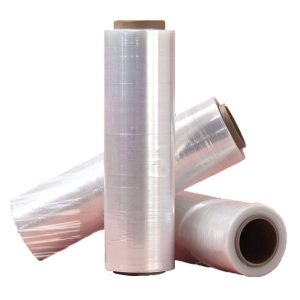 rollers which then solidify the stretch film. This process is cost-effective and is less expensive than the blown film process. This film is known as a general-purpose wrap and can be used various environments for a wide range of tasks.
rollers which then solidify the stretch film. This process is cost-effective and is less expensive than the blown film process. This film is known as a general-purpose wrap and can be used various environments for a wide range of tasks.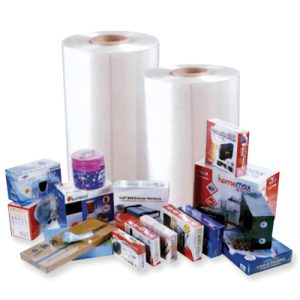
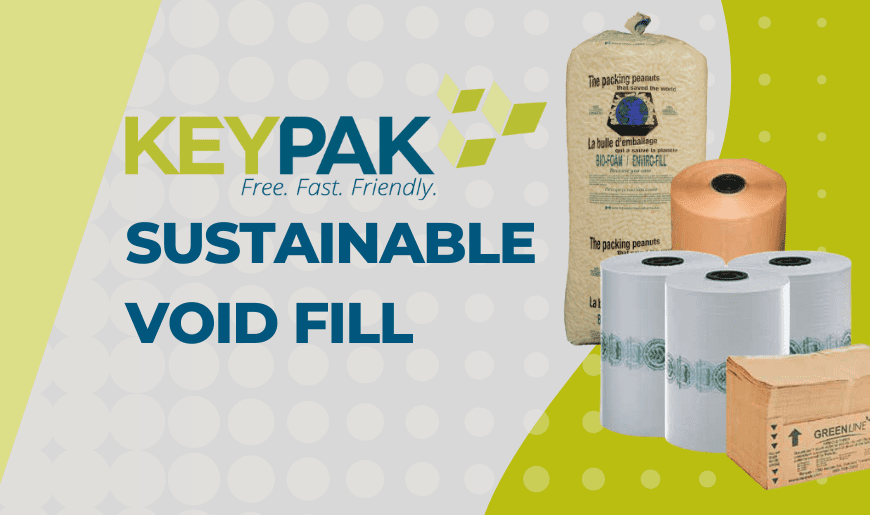
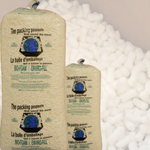 These are not only cost-competitve, but also protect and cushion with the same quality as regular polystyrene peanuts. You are saving money, and the planet, all while protecting your product!
These are not only cost-competitve, but also protect and cushion with the same quality as regular polystyrene peanuts. You are saving money, and the planet, all while protecting your product!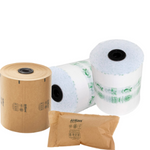 In addition, bio-film pillows are made from potato starch and maize starch, making them composed of renewable raw resources which are fully compostable and 100% biodegradable. When discarded of, bio-film takes three months to break down; used bio-film can also be composted in your home!
In addition, bio-film pillows are made from potato starch and maize starch, making them composed of renewable raw resources which are fully compostable and 100% biodegradable. When discarded of, bio-film takes three months to break down; used bio-film can also be composted in your home!